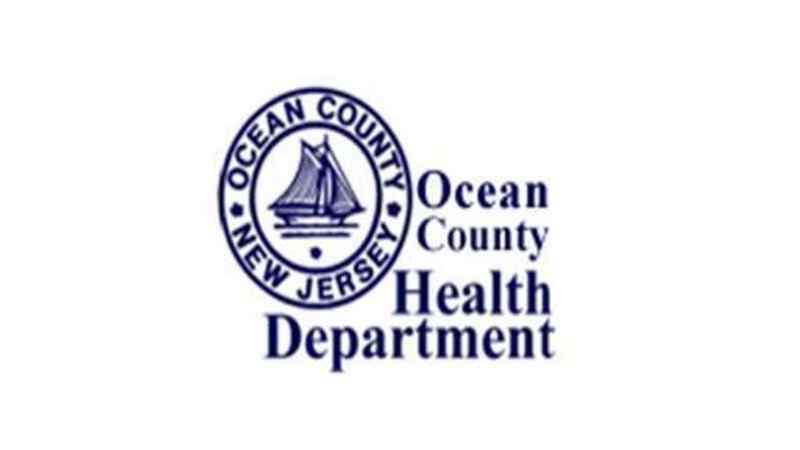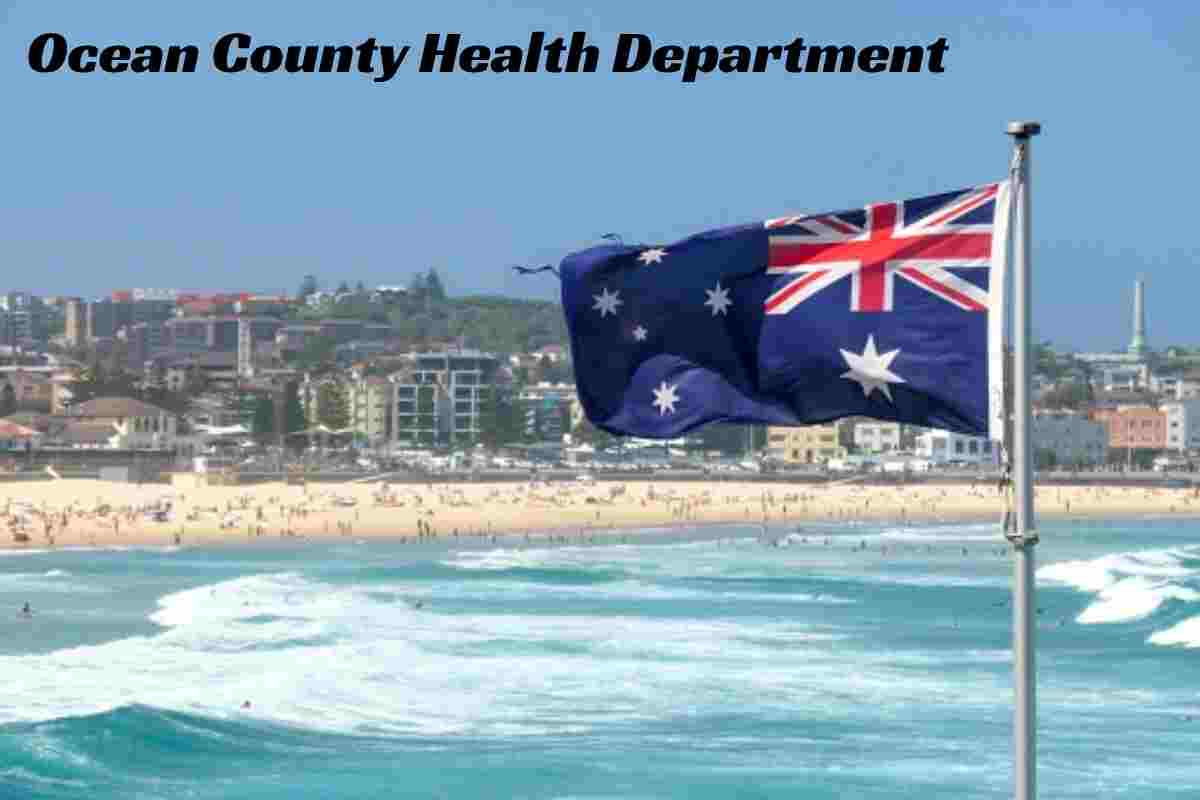Table of Contents
Ocean County Health Department
Ocean County Health Department, Ocean County Health Department is a mobile communication application designed to assist citizens and visitors to Ocean County, New Jersey, before, during, and after a spare or disaster, whether natural or manufactured. The app proposes several features that strive to help keep Ocean County’s citizens educated and prepared.
They also informed us about preparedness and defensive measures. Such features include infectious disease, wellness monitoring, and also emergency preparedness. Although we can’t always predict when emergencies or disasters will strike, every individual, family, business, and public must do their part to ensure they remain ready.

We remain Committed To encouraging healthy lifestyles and a clean and safe environment in partnership with our community. We remain dedicated to advocating and providing leadership to ensure our community’s consistent, quality health care.
Also read: Leg Strength Exercise, Five The Best Exercises To Strengthen The Legs
We Remain Guided By The Following Principles:
- Assess the priority needs and desires of our community through comprehensive health planning.
- Inform and also educate residents on public health issues.
- Encourage people to take responsibility for their health and that of their neighbors.
- Use a team approach to achieve our mission.
- Commit to solving problems using a systematic approach.
- Promote a work environment that encourages creativity, innovation, respect, a sense of care, commitment, trust, quality, and reliability.
- There are four main divisions within the Department of Health. Each division offers specific programs and also services to benefit Ocean County residents.
Management:
Public Health Emergency Preparedness, Public Health Information Community
Health Services:
Infectious Diseases, Community Health Planning, Dental Education and also Care, Drug and Alcohol Unit, Health Education/City Partnerships, HIV Testing and Counseling, WIC, Intoxicated Driver Resource Center
Environmental:
Health and Consumer Protection, Emerging Public Health Issues, Environmental Protection Services
Public Health:
Nursing & Clinics, Clinics & Services, Home Health Care, Child Development Services
Where We Live, Work, And Play Are Important To Our Health.
A community’s health depends on many factors: the environment, education and employment, admission to and excellence of health care, and individual performance. The Ocean County 2019-2023 Community Health Development Plan used the Healthy NJ and Healthy People 2030 goals and targets to assess public health needs and make our strategy. Achieving health requests is more important than controlling the disease. It obliges us to ensure conditions in which people can be healthy. Health results from the assortments people can make in response to their choices. The needs of the social and physical environments control the range of options obtainable, their pull, and their relative ease or difficulty of use.
The Ocean County Community Health Improvement Plan (CHIP) aims to provide strategies that can remain used to improve the health of Ocean County residents. A community health improvement plan is critical to developing policies and defining evidence-based actions to best guide efforts and results toward achieving our health goals. It must define the community’s health vision through a collaborative process. It must address the range of strengths, weaknesses, challenges, and opportunities in public to improve the health status of the community. The Community Health Improvement Plan must focus on all community factors contributing to its residents’ health.
Also read: Nordic Walking, What is Nordic walking?
—Health Priorities—
- Substance abuse
- Diabetes
- heart health
- access to care
- Mental health
- The social determinants of health

Social Determinants of Health (SDOH) are the numerous conditions touching health risks and outcomes. For example, according to the CDC, poverty limits people’s aptitude to eat healthy food, and they often live in unsafe neighborhoods. This is an example of SDOH as a predictor of better health. At the public level, groups with poor SDOH, such as high poverty rates, low educational attainment, and unbalanced housing, have striking health differences compared to areas with better SDOH.
Healthy People 2020 uses a “place-based” organizing framework that reproduces five key SDOH areas: Economic Stability, Education, Social and Community Context, Health and Healthcare, and Neighborhood and Built Environment. Officials can visit the website to learn more about Healthy People 2020 and its plan. Applying knowledge and investigating social determinants can recover the well-being of Ocean County residents. For example, you can travel the data on high-cost housing and food uncertainty in Ocean County below.
Circumstances In The Places Where People Live, Learn,
Effort and play affect a wide variety of health risks and outcomes.
Cost-burdened housing units are houses in Ocean County whose occupants spend 30% or more of their national income on housing costs: rent, utilities, property, taxes, and other housing-related costs. Ocean County inhabitants who spend 30% or more of their income on housing may lack financial security. As a result, they may have difficulty saving sufficient funds to meet unplanned expenditures.
Food insecurity affects the percentage of households lacking reliable access to passable healthy food. Very food-insecure families may face hunger. The following map, based on Feeding America: Map the Meal Gap, compares rates of food insecurity across counties.
Ocean County Demographics
According to the 2017 U.S. Census Estimate, Ocean County’s populace was 597,943, an increase of 3.7% from 2010, making Ocean County the sixth most thickly populated county in the disorder.
Almost all diseases or health outcomes occur at different rates in different age groups. Many chronic diseases, including most cancers, occur more frequently in older populations. Other products, such as many types of injuries, may occur more often in younger people. Therefore, a population’s age distribution often determines a community’s most common health problems. Age-adjusted rates are essential to assess public health events that vary with age.
Also read: Stretching Cold Muscles, Should You Stretch Cold Muscles?

